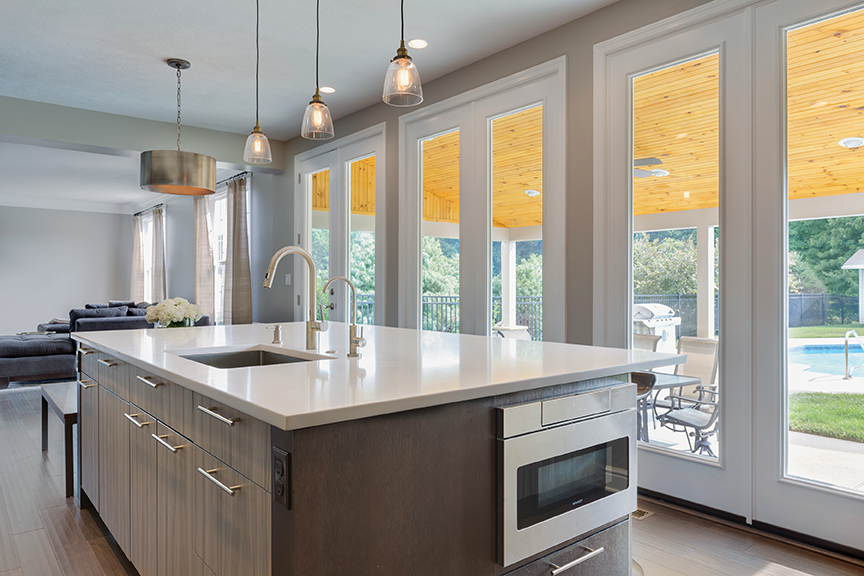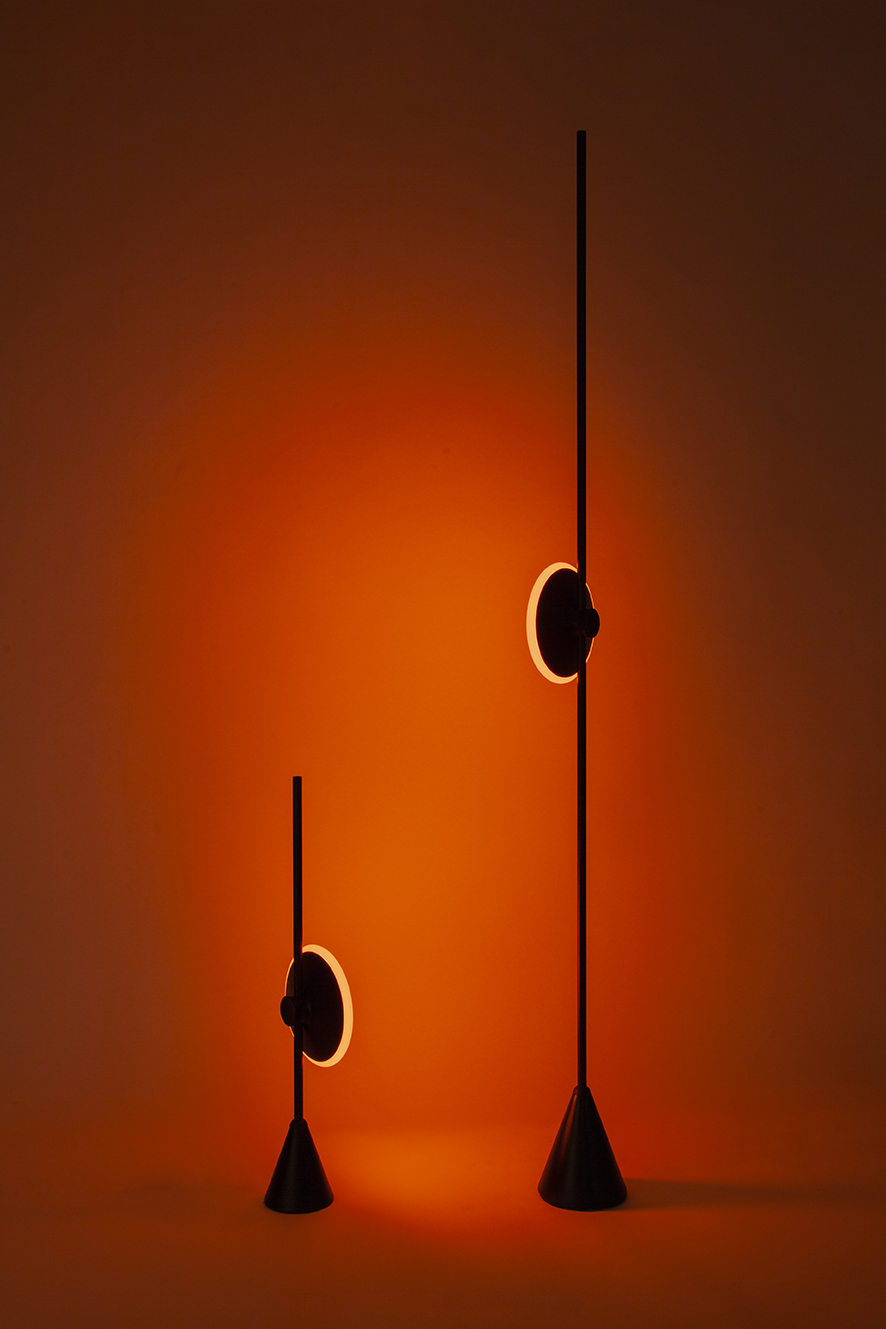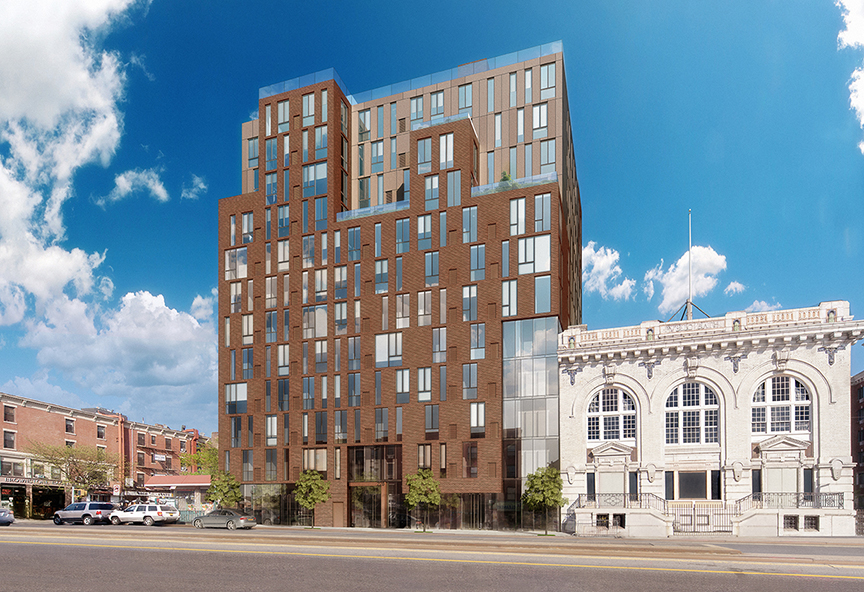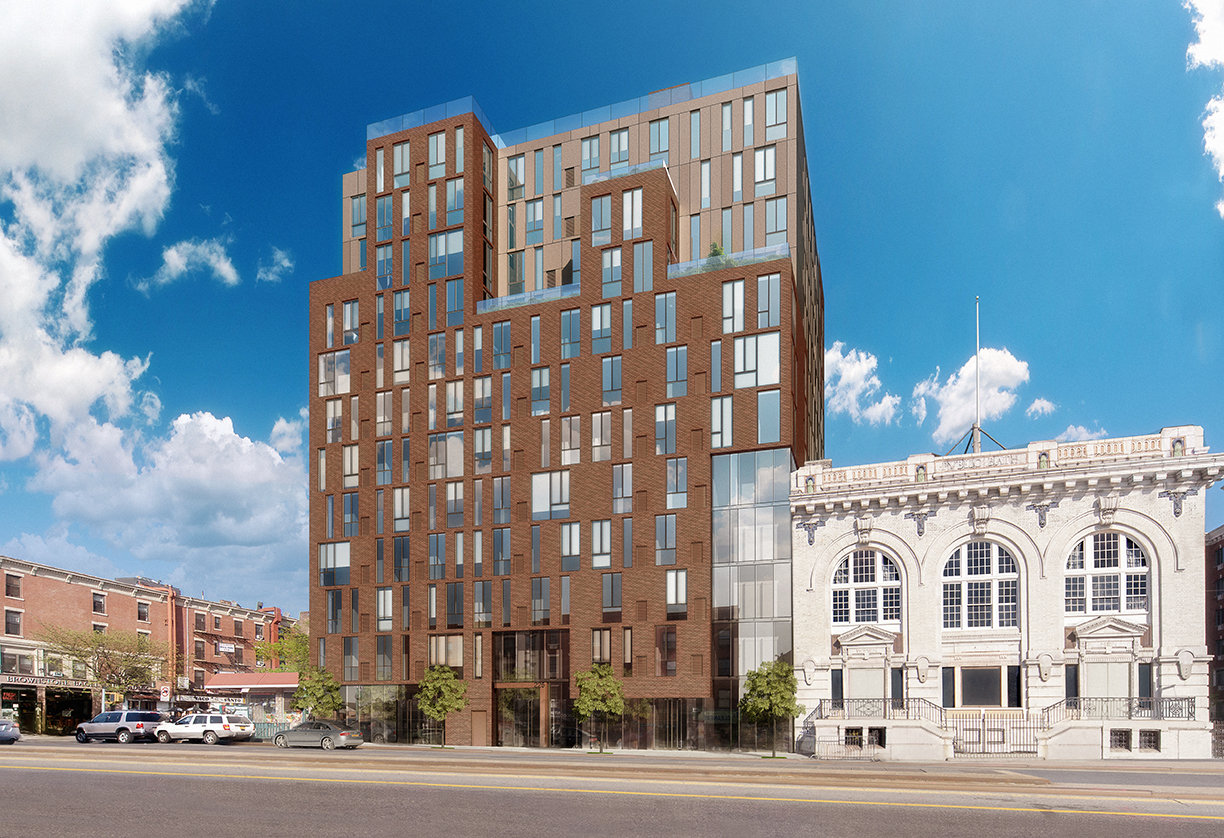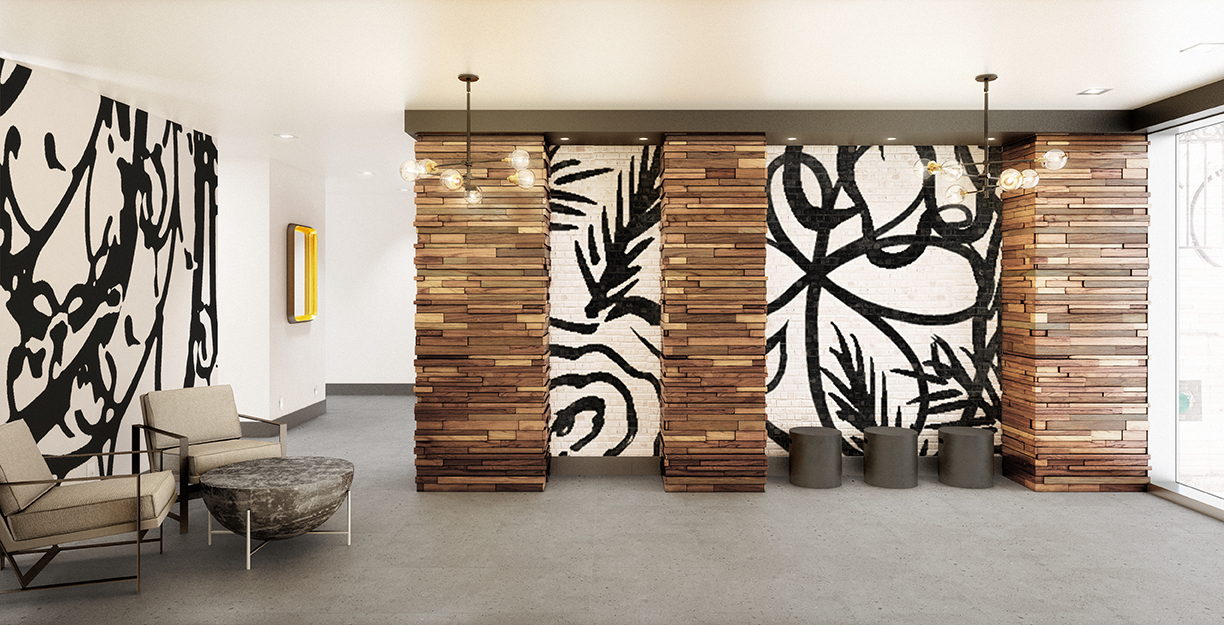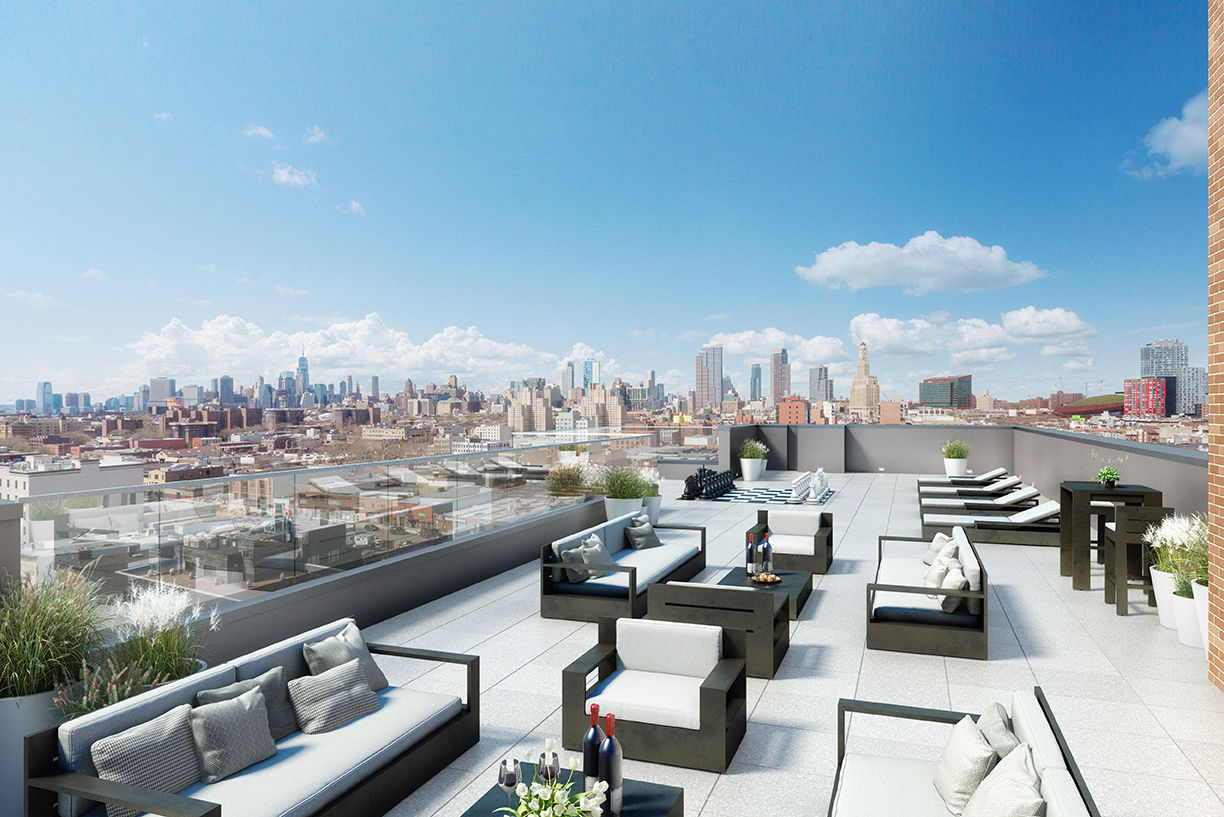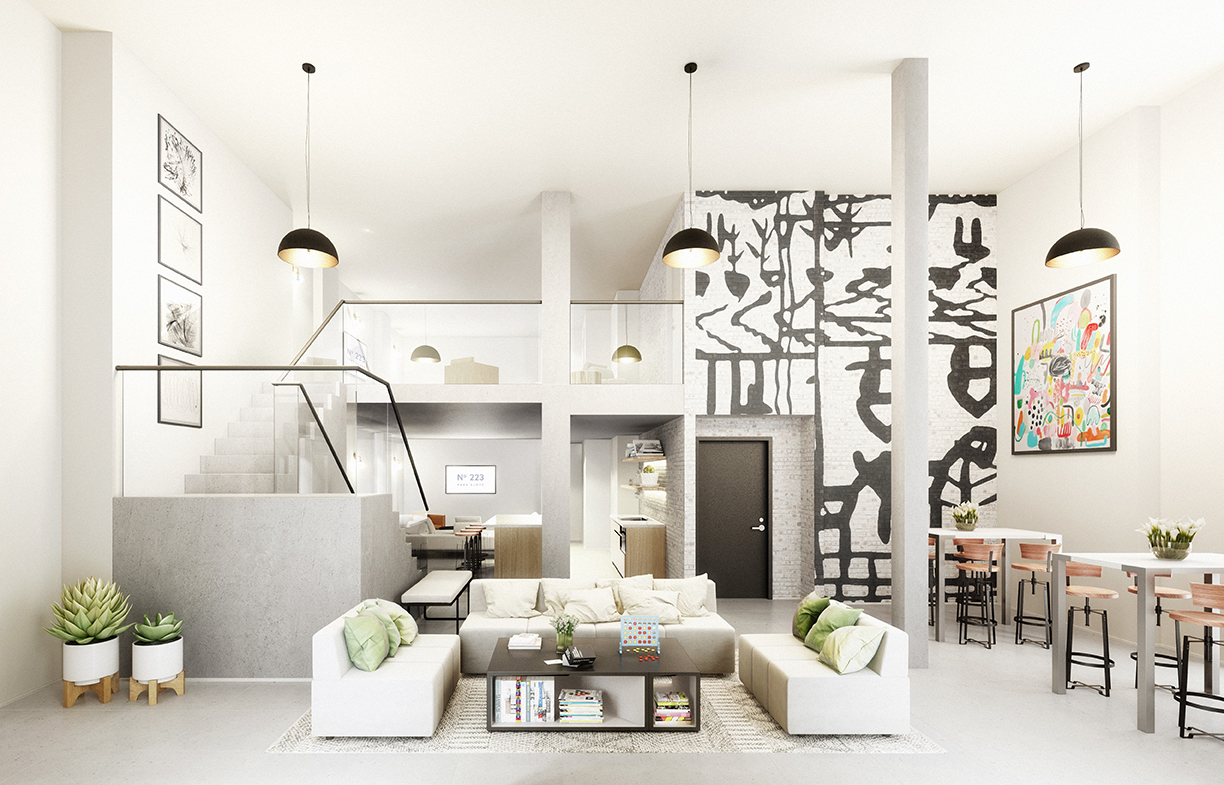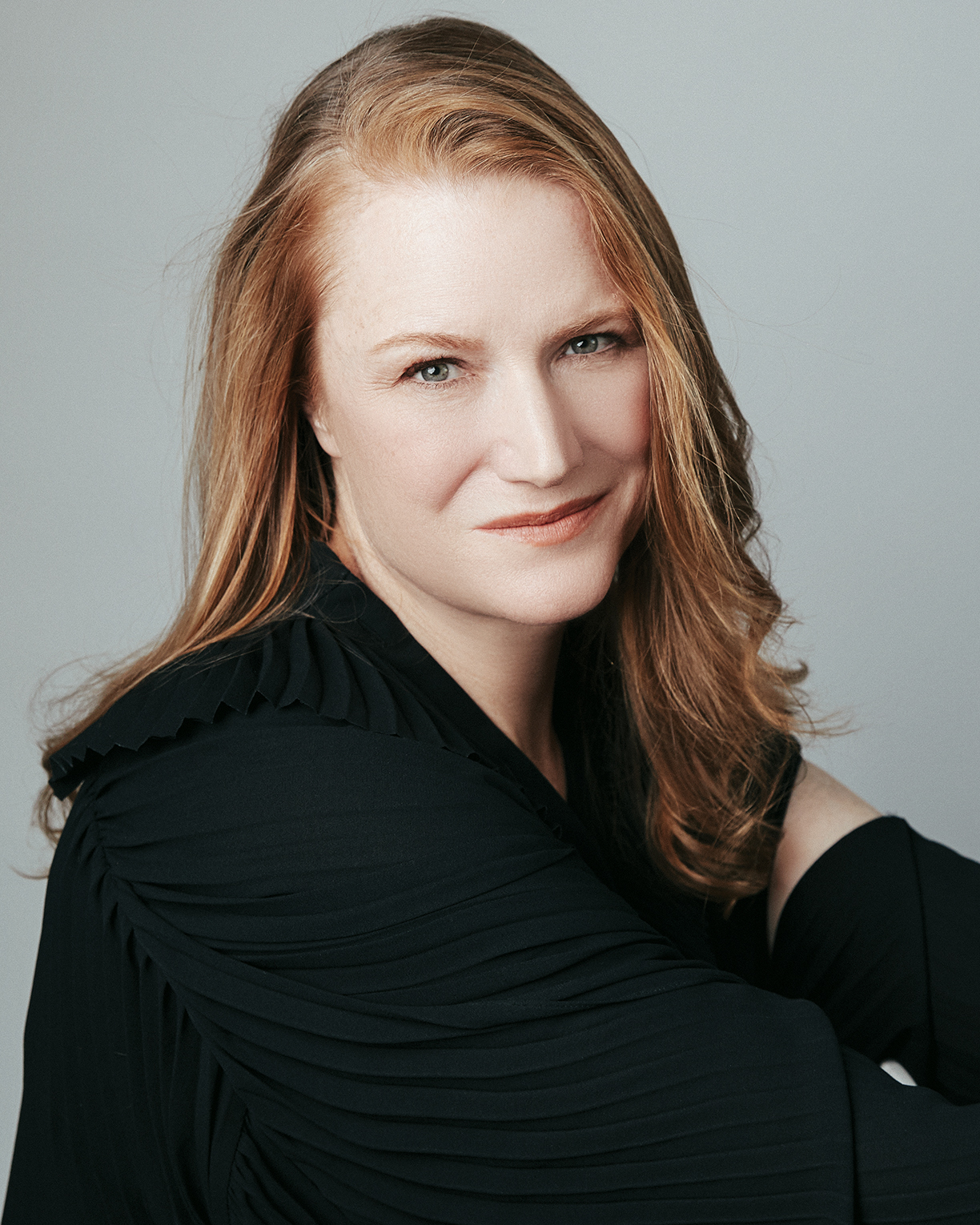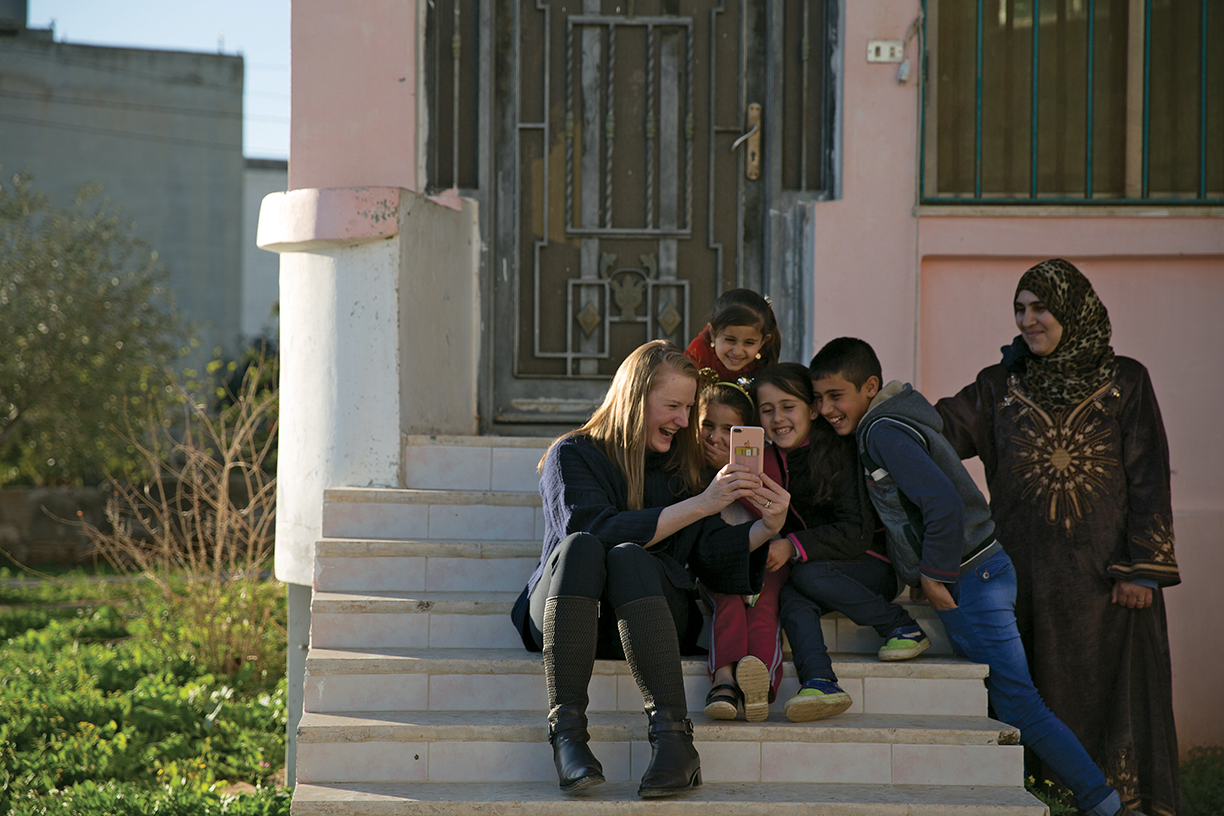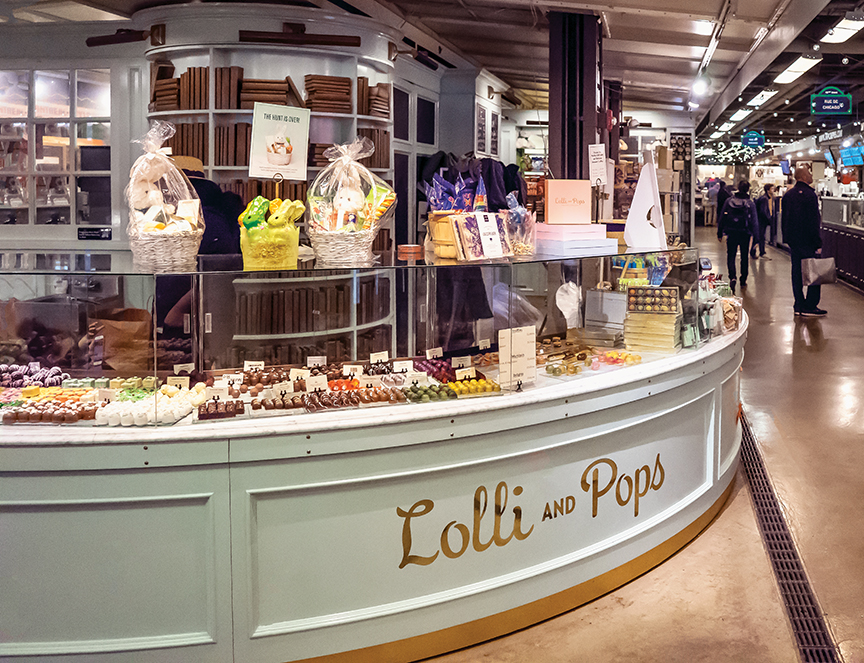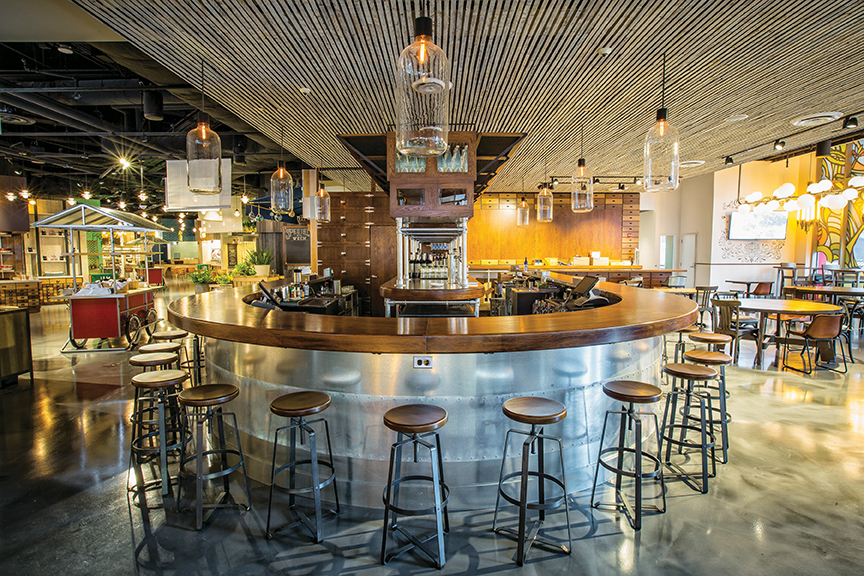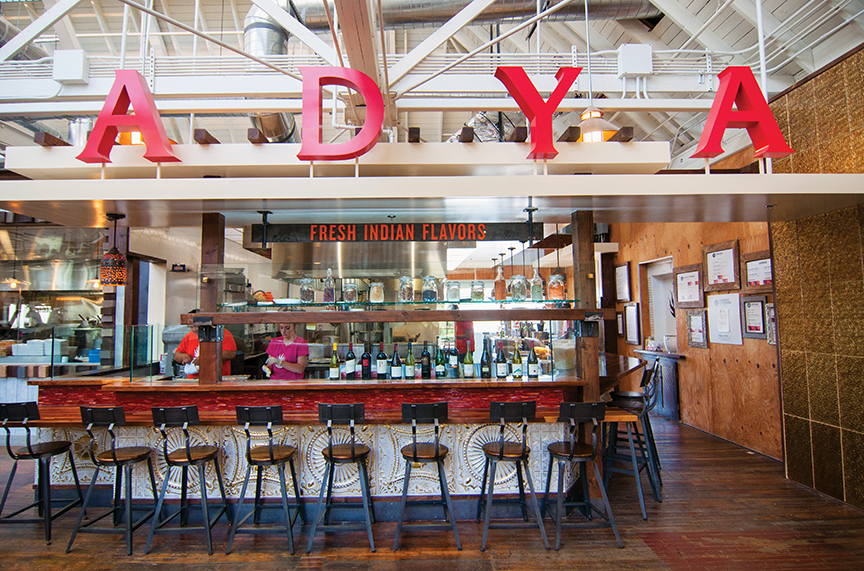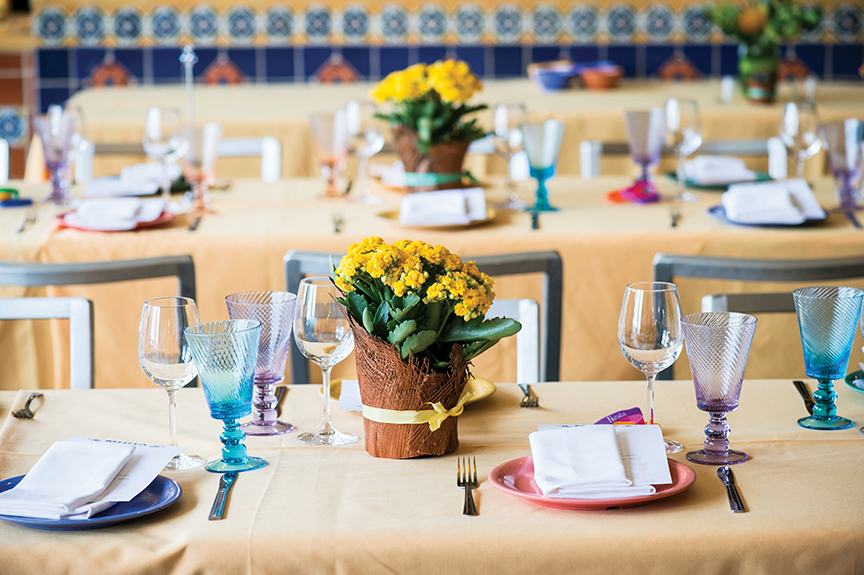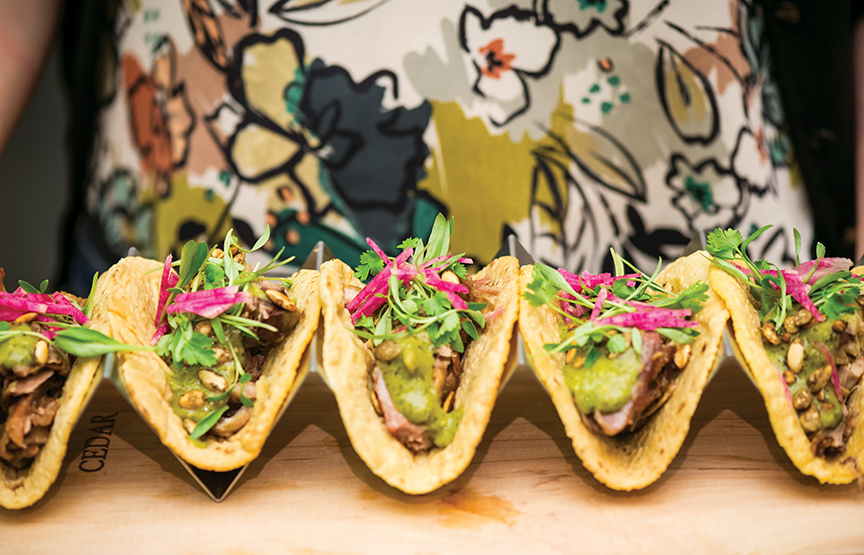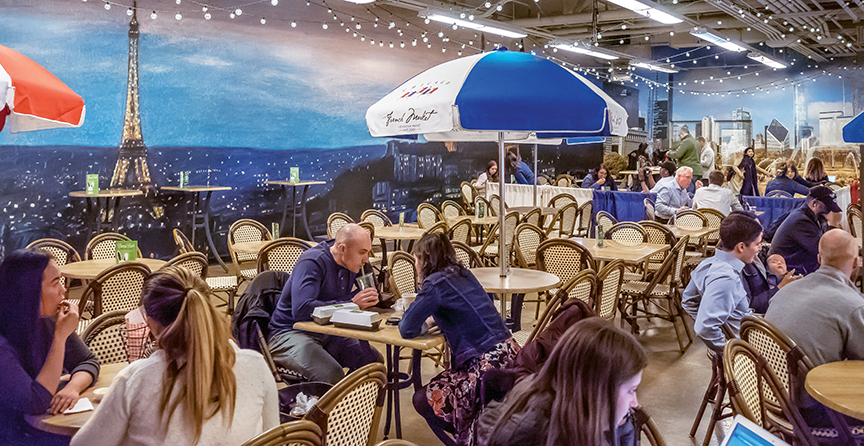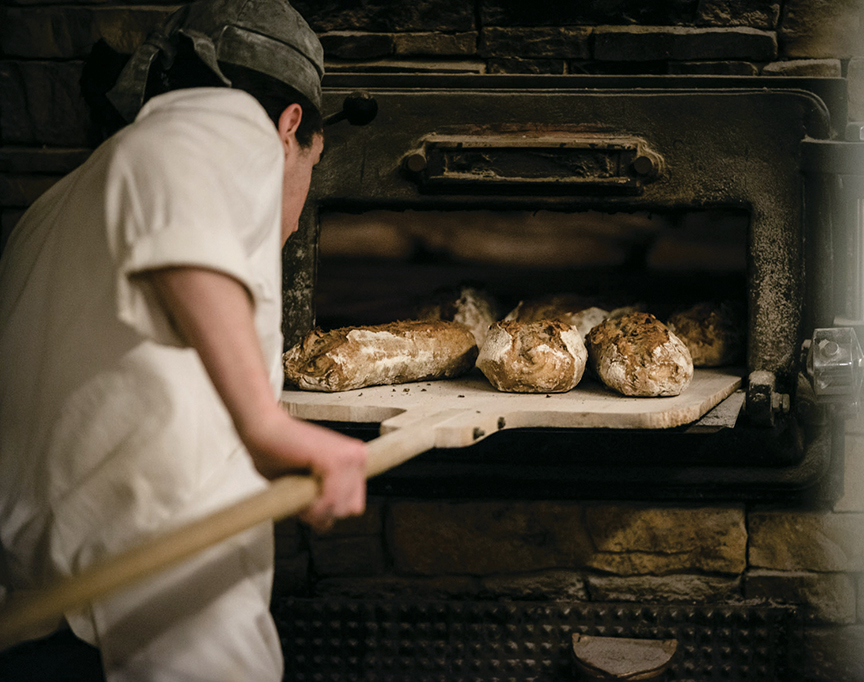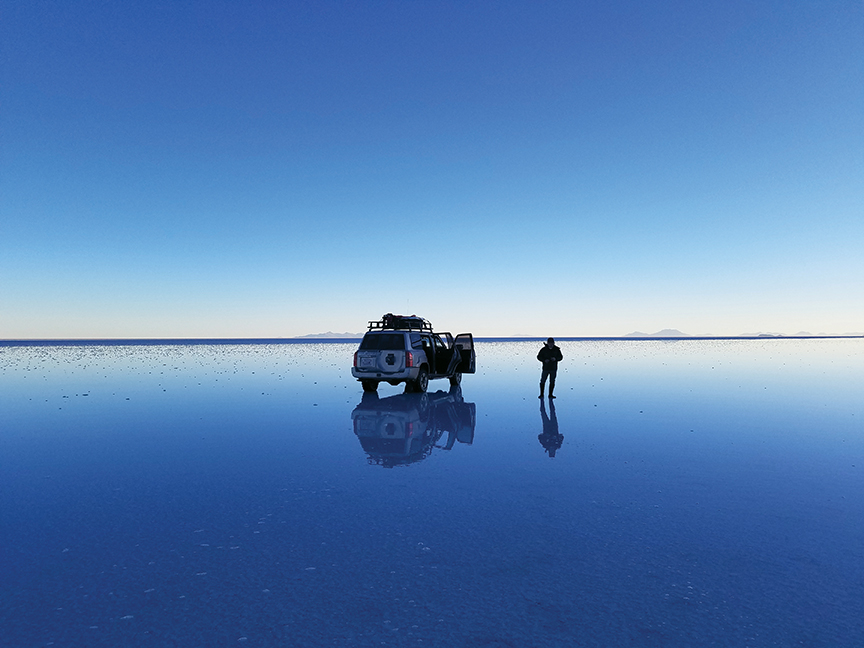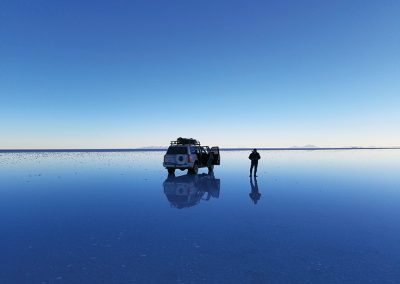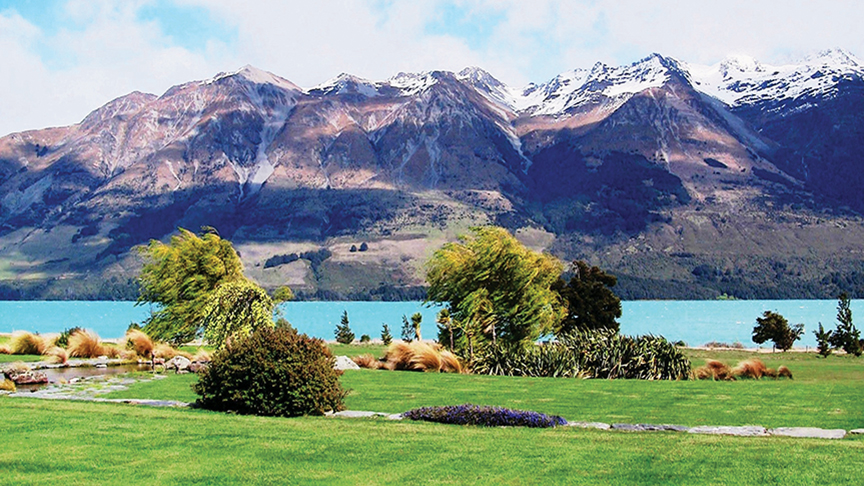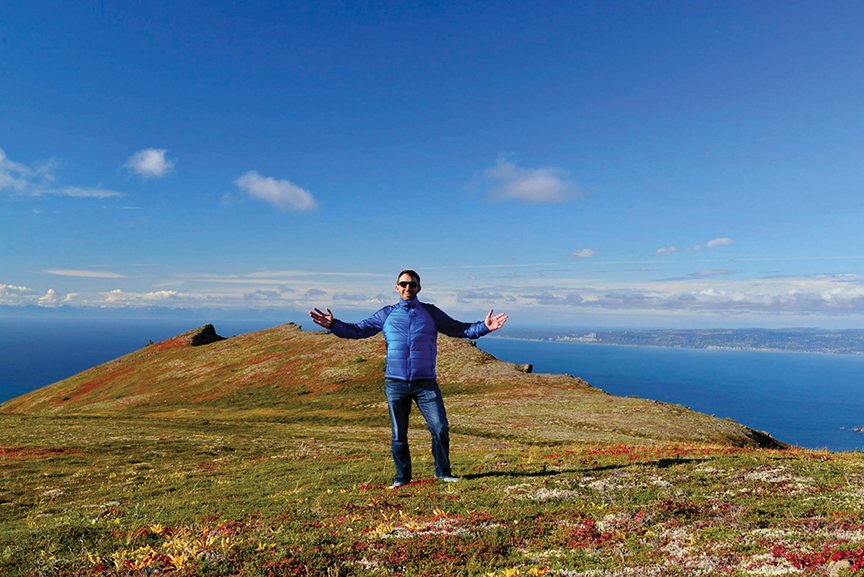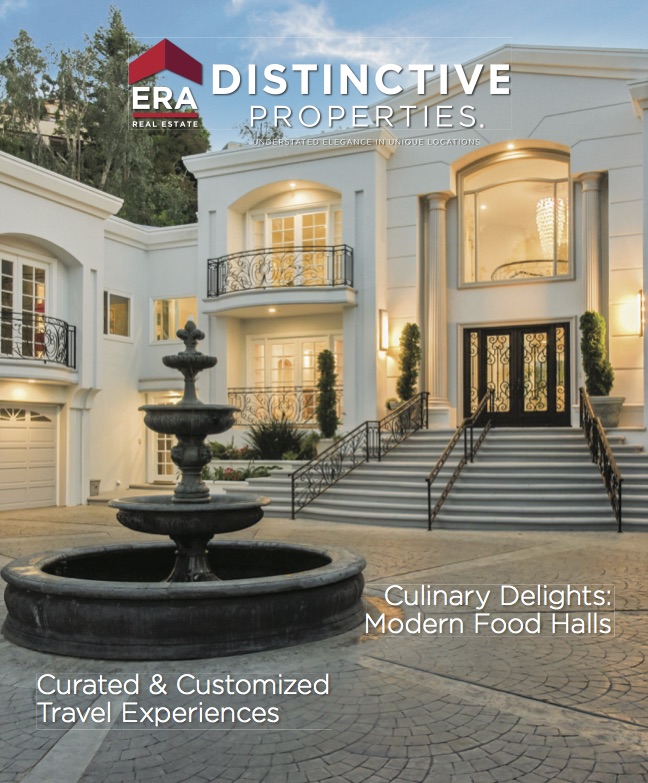Contemporary versus Farmhouse. Warm woods versus stark whites. The latest kitchens incorporate new ways of thinking.
By Camilla McLaughlin
The kitchen story continues to be painted in white and grey, but for luxury the narrative is changing. “When it comes to high-end luxury, it’s about quality. It’s about finishes, color and the wow factor,” says National Kitchen & Bath Association Industry Relations Manager Elle H-Millard, who is also a certified kitchen designer, noting that luxury continues to be more about the user experience.
There is no better place to scope out what’s ahead for kitchens than the industry’s annual trade event, the Kitchen & Bath Industry Show. Although the focus might be the overall kitchen market, many of the trends and innovations are ideally suited for the largest budgets and savviest design aspirations.
Still, Christopher Grubb, president of Arch-Interiors Design Group in Los Angeles, points out that luxury today speaks to multiple tiers in the market. “Luxury doesn’t have to be about cost. Luxury is an experience, and at every price level people want luxury finishes.”
White and grey remain the preferred color schemes according to the vast majority of design experts and industry professionals responding to NKBA’s annual trends survey. Still, anyone walking the KBIS show floor this January couldn’t help but notice that wood in medium to light tones was very much in evidence, either for cabinets — especially in contemporary designs — or as an accent. “I am seeing a lot of movement because grey and white have been so popular. I am seeing wood tones come back, which is kind of nice. We haven’t seen that in a while,” observes Grubb. The emergence of wood, either as a primary finish or as an element in a design scheme, reflects a subtle shift and growing desire to integrate an organic feeling.
Typically, styles gain or lose momentum over an interval of several years. This year, Farmhouse suddenly jumped to the top in the NKBA survey with 79 percent of design professionals characterizing it as “trendy” or “very trendy.” This eclectic style mixes white with warm metals and mellow weathered wood. Reclaimed wood beams and hardwood flooring along with barn doors and apron sinks enhance the Farmhouse sensibility.


Transitional, which combines clean lines and streamlined traditional details, was the second most preferred style. Main elements of this style include quartz countertops and wood floors.
Overall, for countertops in every style, H-Millard says, “quartz is where it’s at today;” 94 percent of professionals surveyed agree. Hardwood was the preferred flooring, according to 78 percent of respondents.
Contemporary, defined by linear forms with flat-front doors and frameless cabinets, followed as the third-most-preferred style. Hallmarks include open shelving, clean lines and appliances that meld into cabinets. It’s important to note the narrow spread in the survey between Farmhouse at 79 percent and Contemporary at 73 percent.
Dark tones continue to find their way into kitchens in faucets, hardware and cabinets, sometimes as a contrast with white. For cabinets, blue is emerging, and black is gaining traction for both faucets and cabinets. Glossy finishes are out; matte is trending. A matte surface, combined with processes that highlight grain and create a textural finish, imparts softness and depth that creates almost a tactile sense. It’s not an overstatement to call this “the new black.”
The desire for customized storage shifts more attention to what’s inside cabinets and drawers, especially in the high end. Every year manufacturers expand the number of inserts and products designed to enhance organization, meet everyday cooking requirements and adapt kitchens for a range of cuisines, special interests and abilities.
“One of the things that came out of the luxury custom movement is really creating an experience for the user,” says H-Millard, who sees more and more companies tapping into the human touch, offering ways to customize products.



This year, Elkay introduced an option offering various front panels for their farmhouse sinks, which allows consumers to change the look of the sink. Pops of color are another hallmark of high-end kitchens, and H-Millard says a growing trend is the use of bold colors to make large gas ranges the focal point of a kitchen. Often too, manufacturers give consumers ways to change the look with panels in multiple colors that can be switched out. “They are making new colors every year. There are so many options to choose from in bold pops of colors, everything from knobs, materials and finishes. That alone is really kicking the personalizer for the user experience to a whole new level,” explains H-Millard.
For refrigerators, Tami Catalano, sales consultant with Monark Tucson Showroom, says it’s about “columns, columns and more columns. We have just about every brand offering columns now. It’s about who can dress them up more, be more flexible or offer the most competitive price point.” Having the option to create whatever configuration a homeowner desires and seamlessly integrate it into a custom design completely personalizes this appliance. Manufacturers continue to offer new takes on stainless, but Grubb says for high-end kitchens typically the choice is a paneled finish that matches the cabinets, so the appliances blend in and make the kitchen appear larger.
Sinks are on the cusp of morphing into the most versatile product in the kitchen. Not only are large format styles in demand, but manufacturers offer many ways to configure a sink along with accessories that maximize function. Often a sink can be combined with under-cabinet refrigeration. An induction burner adds an option to cook pasta or lobster next to the sink. Multiple bowls also make the sink a spot to ice drinks or seafood. H-Millard says, “This is a whole new way of thinking, which will drive new traffic patterns in the kitchen.” Even the traditional work triangle is being tweaked by large islands. A standard U- or L-shaped plan is now focused on the island, and H-Millard expects this to change the configuration of cabinetry. “It is also going to change how people look at functionality in their kitchens,” she says. Mid-height cabinets should gain traction.
For next-generation kitchens, look for a growing interest in wellness and freshness to spark a new wave of innovations.


Photos courtesy of Laurent Levant Interior / Dave Bryce Photography, istockphoto.com / Hikesterson, Taryn Emerson Interiors / Jared Bumgarner, Haffle America Co., Mike Tuell, Arch Interiors / Greg Weiner Photography


